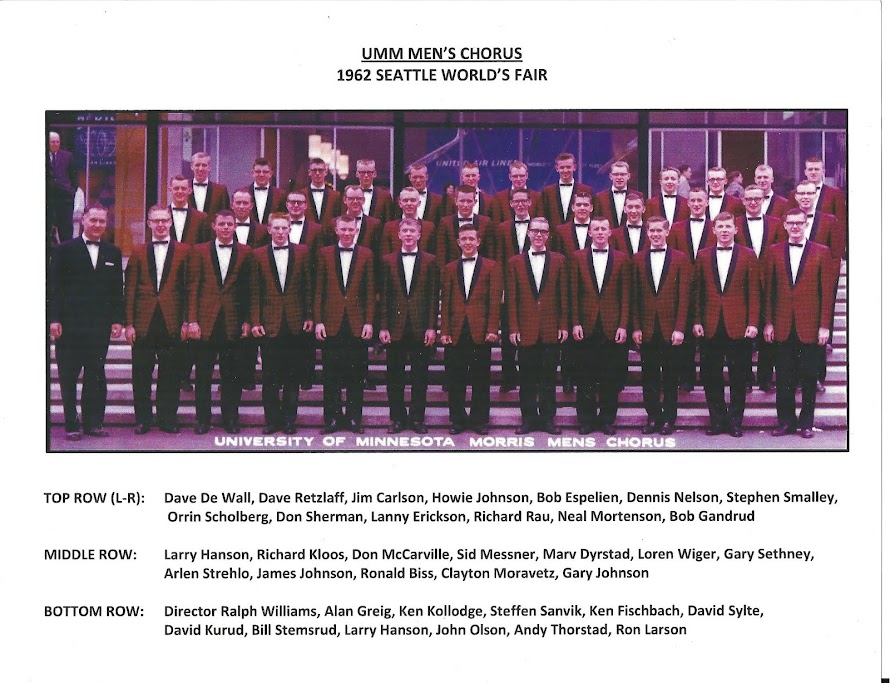| What Bennie Hill heroically flew in WWII: the B-24 "Liberator." |
I can relate to having a celebrity name. For most of my life I did not, but
then Brian Williams the anchorman came along. I get occasional teasing. Network
anchorpeople aren't the celebrities they once were. The media have fragmented in
countless ways. Come to think of it, I haven't been teased about my "celebrity
name" for some time.
The late Bennie Hill of Morris had a World War II background that was
amazing. He could feel very thankful to be alive to have raised a large and
robust family. I'm close in age to more than one of his children. I read that he
didn't come forward and talk about his war experiences much. This was a common
trait for people who had been exposed to the horrors of war.
The Greatest Generation had to roll up its sleeves to take care of some
very unpleasant business. The Nazis asserted themselves like the devil himself
across Europe. The Japanese were a horrible specter with their expansion in the
Pacific. What was it that possessed mankind in the 1940s, that so much violent
conflict came forth? The Allies asserted violence for good. But why was it
necessary? Could it happen again?
I remember when Bennie Hill passed away in 1982. His family came to the
Morris Sun Tribune office and I hadn't yet heard about his passing. The trials
of his mortal life were going to be behind him. My own father Ralph E. Williams
said goodbye to those worldly trials in February. My father served Uncle Sam in
the Pacific Theater.
Bennie Hill went to work over France, working to eradicate the Nazi menace.
He flew a B-24 Liberator bomber. What an aircraft that was! A heavy bomber
designed by Consolidated Aircraft of San Diego CA, it had a more modern design
than the Boeing B-17 "flying fortress." It had a higher top speed, greater range
and heavier bomb load.
However, we learn that it was more difficult to fly, as it had heavy
control forces and poor formation-flying characteristics.
From Morris to Oklahoma, then Wyoming
Bennie was a skilled pilot whose instruction began at the Morris Aviation
School. He completed his advanced training in February of 1943 at Altus OK. He
received his commission on December 5, 1943, and was sent to Casper WY where he
received his training as co-pilot of that Liberator bomber. It was state of the
art weaponry but it had those limitations. Skilled hands would be required at
the controls. Bennie surely had the background and the resolve.
Finally to England, and then. . .
He arrived in England on May 3 of 1944. The fateful day arrived for all
these gallant young men to be sent out on a trying mission. Uncle Sam gave a
thumbs-up. Uncle Sam gave his blessing for Bennie and his fellow aviators to
take off toward Tours, France, on June 17. The objective there would be to
attack the airfield at Guyancourt, a city on the Loire River.
France was a hell hole in the tug-of-war between Nazi occupiers and the
"good guys" of the Allies. Watching the movie "The Longest Day," you might think
that once the beaches of Normandy were taken, the main obstacle was surmounted.
Seeing Robert Mitchum smell his cigar at movie's end, you get a feeling of
triumph and resolution. If only that were true. The campaign to move into France
was grudging and took a heavy toll.
 |
| Bennie Hill, pilot in WWII |
The lead navigator for Hill's squadron wasn't precise and the result was
being over the city of Caen. Nazi Panzer units were on the prowl in this
much-contested city in the European theater.
Nazi commanders in the movies seem always to be pleading for reinforcements
in the form of Panzer units. It's easy to see why. They were lethal. The Panzers
opened fire on Hill and his fellow fliers. Hill's plane could not escape the
barrage. An attempt was made to turn back to England. Hill's plane had received
too much damage. It became engulfed in flames.
A further study of the B-24 shows how it was susceptible to battle damage
and to fire in particular. The placement of the fuel tanks throughout the upper
fuselage, and the plane's lightweight construction (for increased range and to
optimize assembly line construction) made the craft vulnerable.
We learn that the B-24 was notorious among U.S. aircraft for its tendency
to catch fire. Also, its "Davis wing" meant it was dangerous to ditch or to
belly-land, because the fuselage tended to break apart.
Hill's airplane burst into flames. It seemed "a giant blinding flash of
fire," according to an account that appeared in a book put out by the Stevens
County Historical Society. The whole tail section fell off. A nearby flyer who
shared an account said that only one parachute came from this hellish situation.
What remained of the plane fell spinning into the countryside of France.
That lone parachute was that of Bennie Hill, survivor. The parachute had
caught fire. He landed on the ground with a horrible toll from the fire, his
hands melted together and his eyes melted shut.
"He may have been burned badly, but at least he was alive," wrote his son
Brad in that Historical Society book. The book's title is "The '40s, a time for
war and a time for peace." Brad reported that the rest of Hill's crew had been
killed.
"After being found on the ground, he became a German war prisoner for the
next six weeks, until he was rescued," Brad wrote. "On October 4, 1944, he left
England and was back in the United States on October 10."
The road to recovery was arduous for Hill. He spent much time in hospitals
going through extensive therapy and skin grafts. He was able to resume a normal
life. We were blessed having the large Hill family in Morris. There were ten
boys, one of whom passed away a few days after birth.
Hill may have suffered because of the minuses associated with the B-24
Liberator, but the pluses could be most awesome to offset that. That's why it
was sent airborne toward the Nazis. The aircraft provided excellent service in a
variety of roles, due to its large payload and long range. It was the only
bomber to deploy our first forerunner to precision-guided munitions in war: the
1,000-pound "Azon" guided bomb.
Bennie Hill's skilled aviator hands used this power for good. By 1945 the
Nazis were crushed.
City of Caen, in thick of the war
Bennie Hill flew his B-24 over Caen, France, in June of 1944, the first
month of the fierce campaign for that city. The campaign lasted three
months and had the British and Canadians mainly involved. The battle for Caen
was part of the battle for Normandy.
Actor Mitchum (in "The Longest Day") may have smelled that cigar with such
a sense of calm triumph, but the beach landing would really prove
to be a prelude. Meanwhile the Russians were moving from the east. The Germans
were far more scared of being taking by the Russians than the Americans.
Caen was one of the largest cities in Normandy. It was deemed a vital
objective by the Allies. It was a road hub, so in German hands it could enable
the enemy to shift forces rapidly. The city lay astride the Orne River and Caen
Canal. The area was valued for airfield construction.
The Germans prioritized the occupation of Caen. They applied potent armor
reserves. But with so many German divisions held up defending Caen, U.S. forces
were eventually able to break through to the south and east, threatening to
encircle the German forces in Normandy from behind.
Caen was a historic city with many buildings dating back to the Middle
Ages. The Allies had to bomb relentlessly and this took a toll on the grand old
city. Little of the pre-war city remains today.
On D-Day, Caen was an objective for the British Third Infantry Division.
The Allies could not take Caen as planned. Paratroopers managed to establish a
bridgehead north of the city, on the east bank of the Orne. The Germans' 21st
Panzer Division was a stubborn roadblock. Those Panzers! Robert Vaughn pleaded
for relief from Panzers in the movie "The Bridge at Remagen." They did not
arrive.
Near Caen the 21st Panzer Division launched a counterattack that blocked
the road to Caen. General Montgomery decided on a new plan for the Second Army:
Caen would be taken by a pincer movement. But the Allies got bogged down in the
"bocage" country (hedgerows). Those Panzers loomed. A storm on the English
channel disrupted the beach supply, setting back efforts more. Poor weather
delayed bombing that was to precede a new attack. The Germans threw in their
last reserves.
General Montgomery, who you might remember from the movie "Patton" as
Patton's big rival, decided on a frontal assault. The Germans finally crumbled
under the Allies' persistence. The campaign captured vital new ground and it
tied down four German corps, at the time when U.S. forces were about to launch
Operation Cobra.
Important strategic aims were achieved, even if from a tactical standpoint,
the campaign couldn't be judged wholly a success. In the end it was the British
and Canadians taking Caen.
The city's population before the conflict was 60,000. And after: 17,000.
About 35,000 were left homeless after the Allied bombing. The city was re-built
from 1948 to 1962.
Bennie Hill flew directly over the city while war raged. He wasn't British or Canadian but he was surely kindred in the cause, a
cause destined for triumph after all the tragedy and sacrifice.
Why? Why did the Germans behave as they did in the 1940s? Why was it
necessary for Hill's life to be disrupted? And for my father Ralph's life to be
disrupted? We remember on Memorial Day. But is it enough? Can the speeches
genuinely remind us of the extent of sacrifice made by the young men of America
in the 1940s? Must we worry about such a conflagration happening again?
The future is impossible to predict. But we can be aware and vigilant,
hearing the story of the late Bennie Hill and his aviation talents employed on
behalf of the Allied cause. God bless the memory of all this.
I can visualize Mr. Hill like it was just yesterday - his affable presence
at the front counter of the Morris Post Office. "Make sure to cover 'B' team
wrestling," he said to me one day. What a trivial matter compared to all he had
seen and experienced! But his family was his focus for his present. These
veterans indeed "moved on," to the extent Bennie didn't wish to discuss much his
wartime experiences. I failed to get Willie Polk to go "on the record" about
what he saw at Pearl Harbor. It's all so understandable.
The WWII veterans of Stevens County were once all around us in our daily
lives. They have faded from that due to the passage of time. It's important we
never forget.
- Brian Williams - morris mn minnesota - bwilly73@yahoo.com








